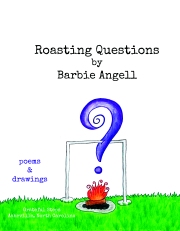 |
| Interstate Firehouse Cultural Center, N. Interstate Ave., Portland, Oregon |
In addition, as I mentioned in yesterday’s Any Woman’s Blues post, I’m very gratified that Robert Frost’s Banjo has been selected as a site to feature a free download by blues artist Danielia Cotton, who was featured in the Any Woman’s Blues series in September. You can find that free download in the right sidebar, right below the link to Barbie Angell’s book. I’ll also be reviewing Danielia Cotton’s latest release, Gun in Your Hand. Check back on Thursday for that!
In other blog-related news: as of right now (Monday evening), I’m not sure about the status of Rose City Wednesday this week. A lot will depend on the weather tomorrow. I realize this series has been sadly neglected for a little while, but I assure you it still interests me & it will be returning!
Finally, I leave you with some fantastic guitar playing by a guitarist whose playing I admire a great deal, Kaki King. In the video, Kaki King is playing a harp guitar, an instrument I have also long admired, ever since I saw one in a Lark in the Morning mail order catalog several years ago & also heard one played on NPR. It was Christmas season, & I was coming home from a gig in which I’d played a much more mundane instrument (the electric bass—mundane, but I do miss it), & an artist whose name I’ve since forgotten played the most remarkable version of “Welcome, Christmas” from How the Grinch Stole Christmas (the original cartoon version, of course!) Sadly, such things are far beyond my budget, & perhaps it’s just as well. I do love the sound, & Kaki King is extremely good with the harp guitar, & indeed, with the guitar in most of its other forms as well.
Hope you enjoy your Tuesday, & stay safe out there!








